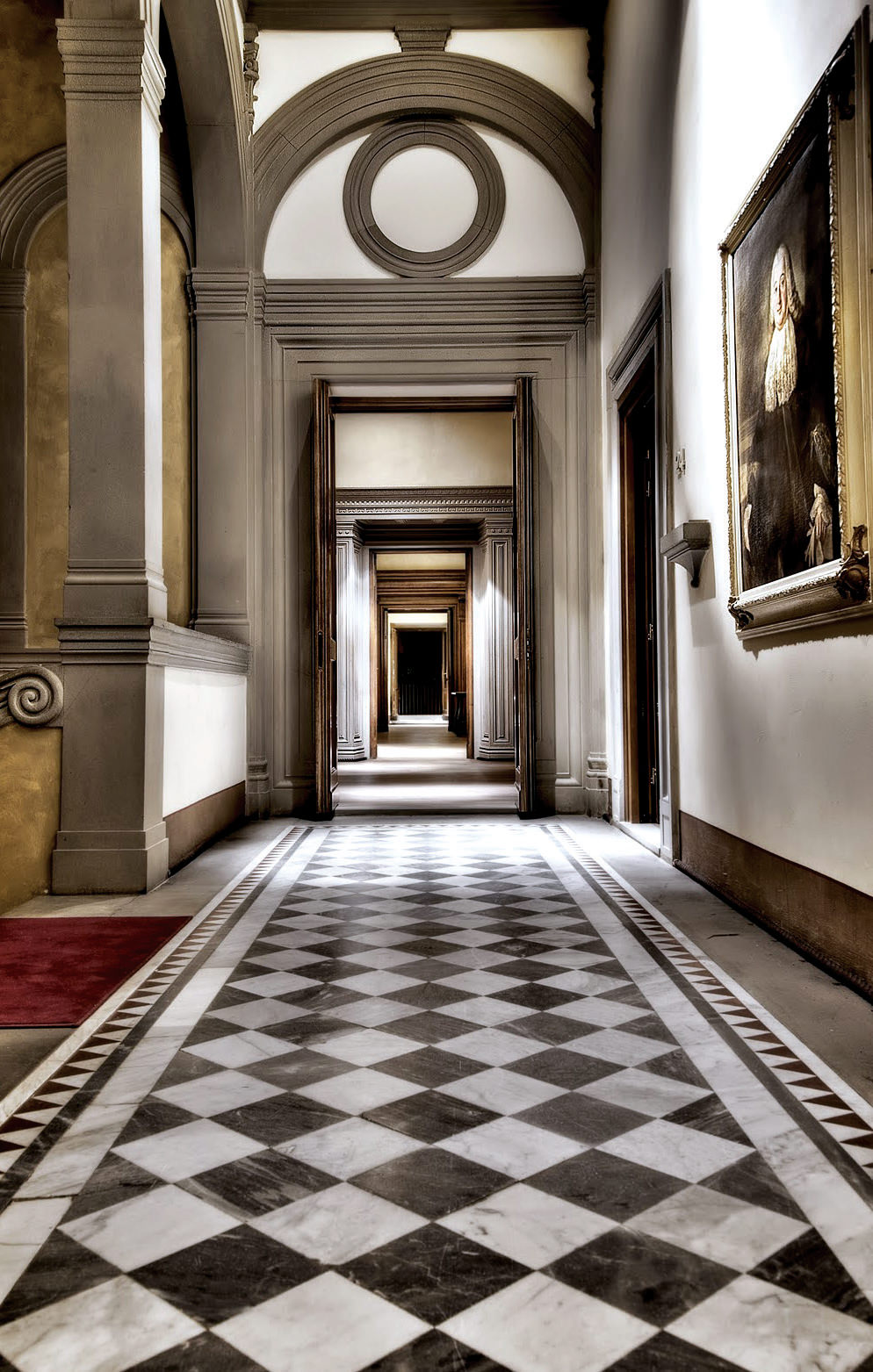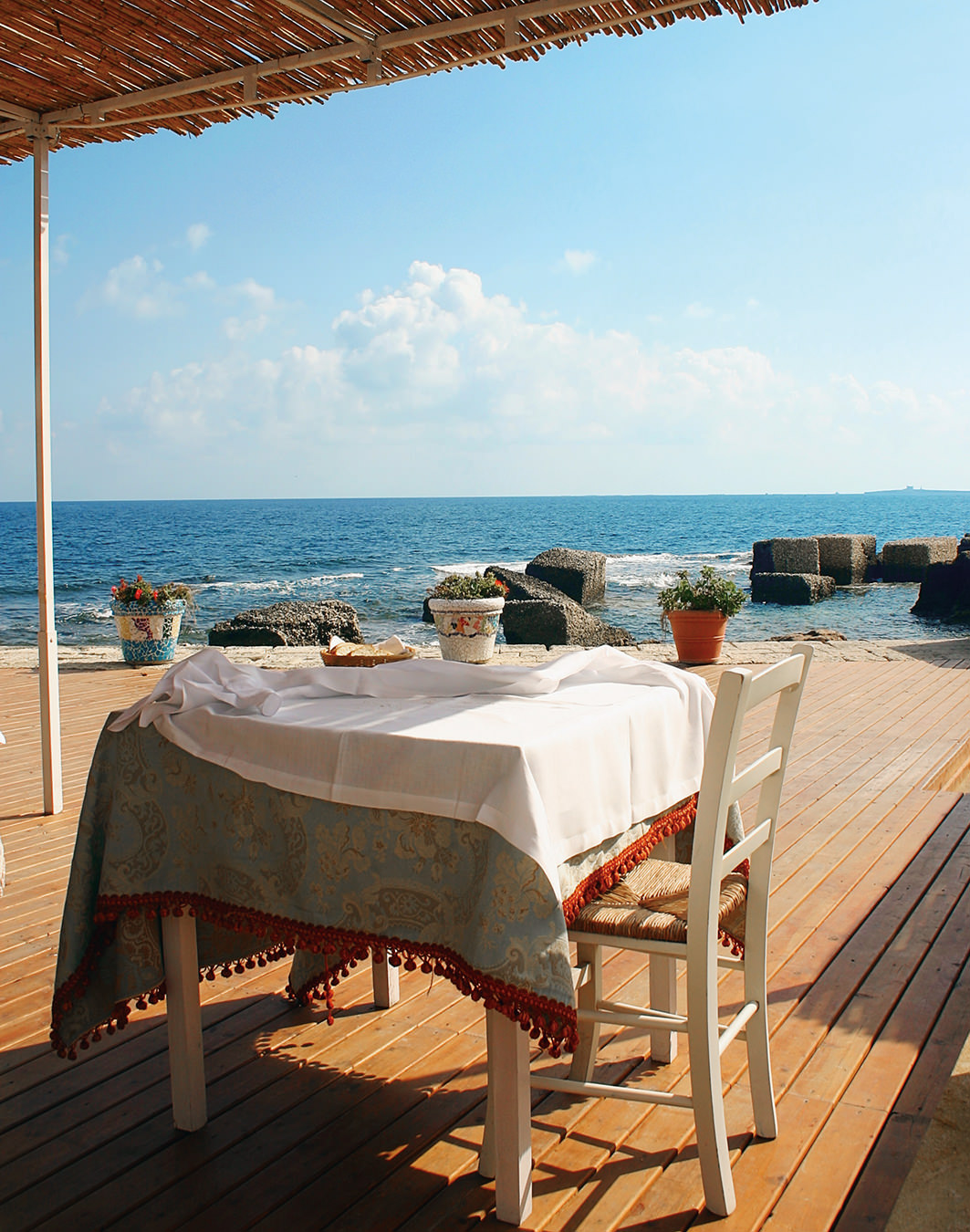100 Years of Improving Wine Quality
The work of the Consorzio di Chianti Classico.

This year marks the 100th anniversary of Italy’s oldest regional wine association, the Consorzio Vino Chianti Classico, the first of the consorzios that regulate the production of wine in each of Italy’s scores of wine appellations. Founded in 1924, the Chianti Classico Consorzio, which today has about 500 member wineries, can look back at a century that has culminated in the outstanding reputation Chianti Classico enjoys.
Chianti Classico itself looks back even further. The first mention of Chianti in connection with wine dates to 1398, when a document referred to a white wine. Since the late 1800s, wines from the broader Chianti region have been exclusively red, although the first regulations specified that a blend of red and white grape varieties should be used in them.
As for the territory for Chianti wines, it was first defined in 1716, but since then it has expanded to allow for more vineyards. The Chianti Classico appellation, which covers an area from Florence in the north to Siena in the south, is the area first designated in 1716, while wines made in the broader Chianti appellation are labelled simply Chianti. Only about a 10th of the Chianti Classico region is planted in vineyards that provide grapes for Chianti Classico wines, with an equal area devoted to olive trees. The region is committed to biodiversity, and most of the region is woodland.

In the longer history of wine production, the 100 years the Consorzio di Chianti Classico has been in existence is quite short, but it is an extremely important period in the development of the wines that has seen important changes to the regulations that govern the production of Chianti Classico wines.
Chianti Classico has several tiers of quality, generally differentiated by the minimum length of time wines must be aged in barrels and bottles. Chianti Classico Annata, the basic tier, must be aged 12 months, while Chianti Classico Riserva requires 24 months. In 2014 the Consorzio added a new top tier, Gran Selezione, which must have 30 months’ aging. Gran Selezione wines are produced according to strict regulations that cover vineyards and winemaking, and the finished wines must be certified by a dedicated tasting panel.
More recently, the minimum contribution of sangiovese, Chianti’s signature grape variety, to Gran Selezione wines was increased from 80 to 90 per cent. International varieties are no longer permitted in the remaining 10 per cent, which is reserved for the indigenous varieties that, Consorzio president Giovanni Manetti says, “are so strongly linked to our land.” They include colorino, canaiolo, malvasia nera, mammolo, foglia tonda, and pugnitello.


Chianti Classico is especially popular in the United States, which takes more than a third of the production. Italy is the second most important market, with Canada third. Giovanni Manetti says of Canada, “This is a market which has given us great satisfaction in recent years and which the Consorzio believes still has excellent potential for growth.”
Chianti Classico wines are easily identifiable by the black rooster (gallo nero) logo on the neck of their bottles. Visually distinctive, these wines are also distinguished by their quality, and they’re well worth seeking out.

Some Chianti Classico wines:
Rocca delle Macìe Chianti Classico
Fontodi Chianti Classico
Ruffino Riserva Ducale Chianti Classico Riserva
Antinori Badia a Passiginano Chianti Classico Gran Selezione
Fèlsina Colonia Chianti Classico Gran Selezione
Castello Fonterutoli Chianti Classico Gran Selezione




